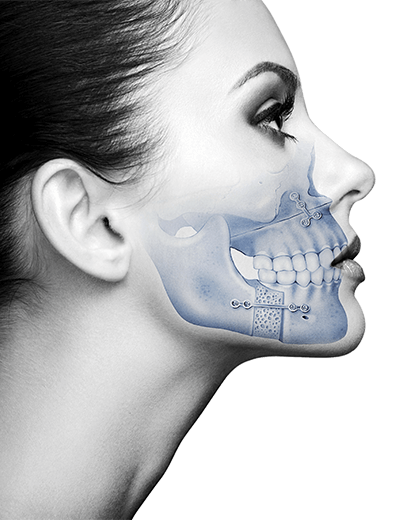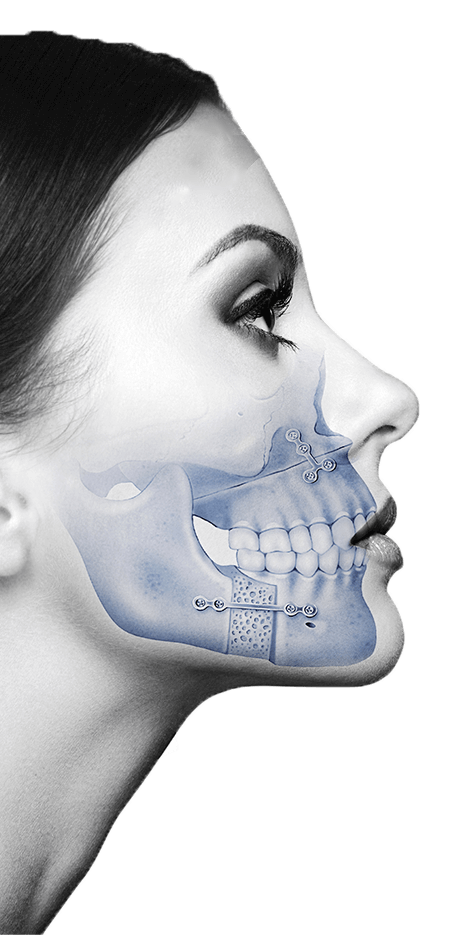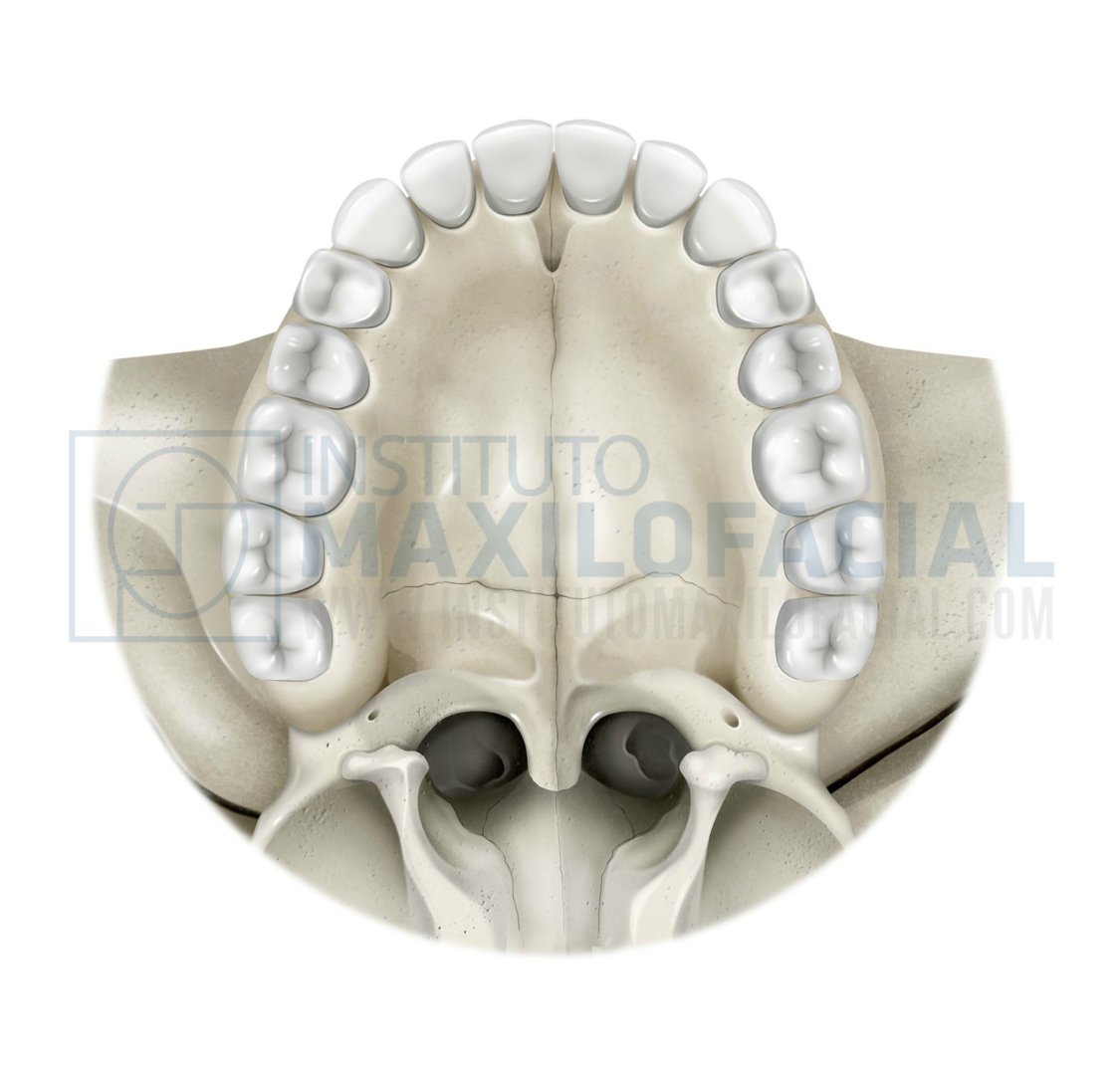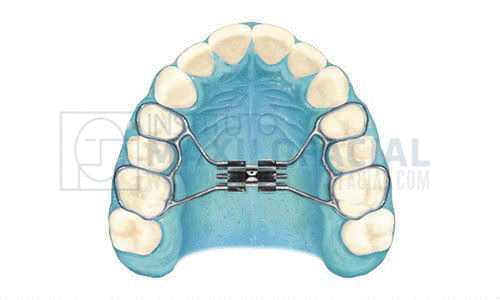The orthodontist places the expander before surgery. During surgery, the maxillofacial surgeon makes a small incision in the gum and very precise cuts in the bone with an ultrasonic device to facilitate expansion.
After five days of surgery, and following the specialist's instructions, the patient will begin to open the expander little by little, until reaching the necessary dimension to start the orthodontic treatment, then, a stabilization period of approximately three months begins, during which expansion stops but the expander is kept in place, allowing the bones to fuse in their new position.
During this process, interdental spaces will be produced between the central incisors, this is completely normal and will be corrected later on with the orthodontic treatment.
In some patients, palatal expansion will be followed a few months later of an orthognathic surgery to correct other maxillomandibular problems.









